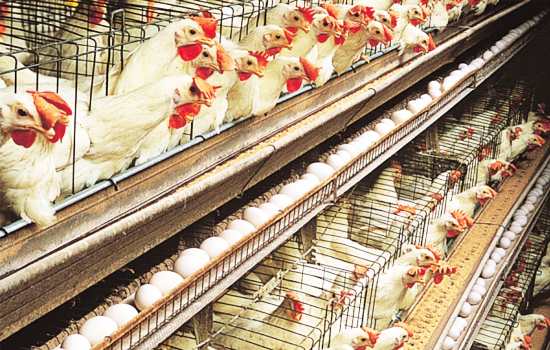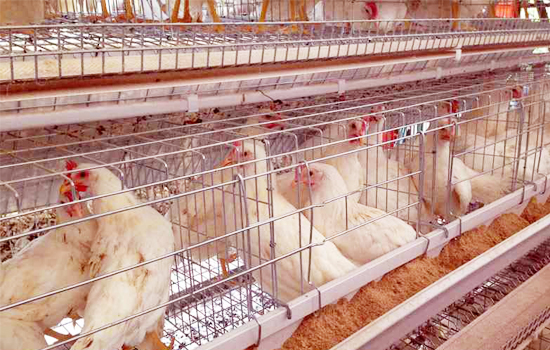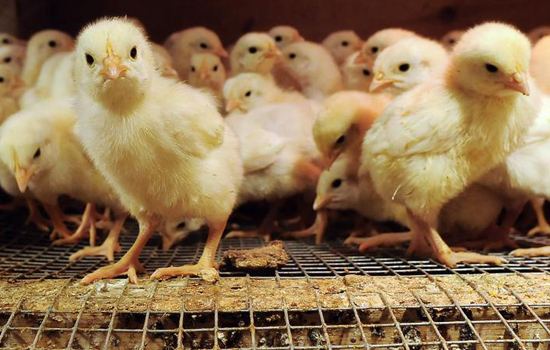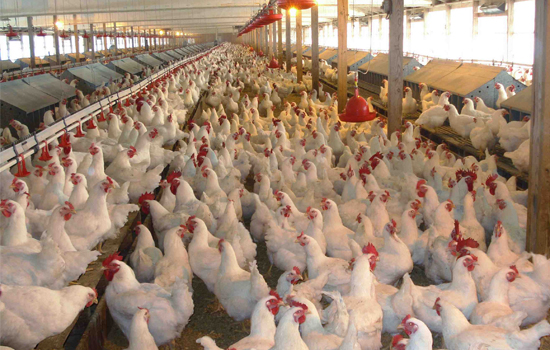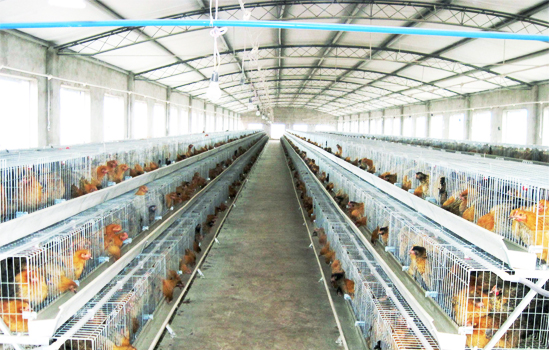The disadvantage of adding medicine to chicken food
- Published in Tips for Chicken Breeding
Like other animals, When using drugs for chickens, we should calculate the dose according to individual body weight. Although it is very simple to add calculated drugs to feed and drinking water, it is sometimes difficult to meet the individual needs of chickens because the concentration of these drugs is calculated based on the normal amount of water or feed intake of chickens, so this The breeding chicken is not very suitable for the period of restriction.

For example, when a commercial broiler is fed at the age of 5 weeks, it can consume more than 120 grams of feed per day, while the feed intake of broilers of the same age is only half. In addition, if the 3.5 kg weight of the breeding hen after the peak period of the egg production is more than 160 grams, it is only half of the free feed intake. In this way, these breeders will not be able to get their expected drug dose.

